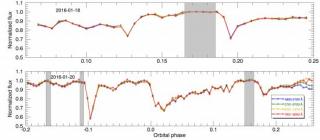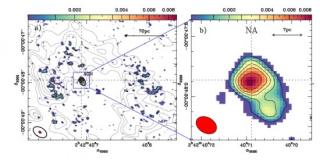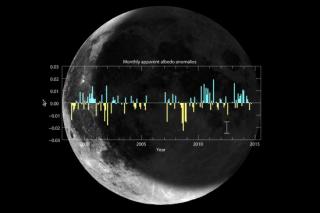
The Earth’s albedo is a fundamental climate parameter for understanding the radiation budget of the atmosphere. It has been traditionally measured from space platforms, but also from the ground for sixteen years from Big Bear Solar Observatory by observing the Moon. The photometric ratio of the dark (earthshine) to the bright (moonshine) sides of the Moon is used to determine nightly anomalies in the terrestrial albedo, with the aim is of quantifying sustained monthly, annual and/or decadal changes. We find two modest decadal scale cycles in the albedo, but with no significant net change
Advertised on
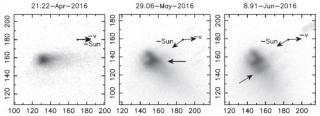
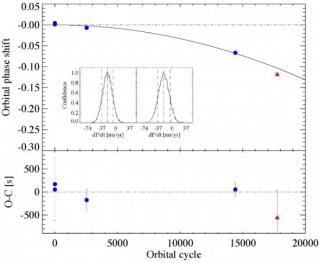
![Ks/F814W flux ratio (or extinction map) with emission line contours of the [OIII] gas in green. The brighter regions denote higher extinction and hence dust absorption. The conical morphology of the ionized gas is clearly defined by a horned-shaped dust s Ks/F814W flux ratio (or extinction map) with emission line contours of the [OIII] gas in green. The brighter regions denote higher extinction and hence dust absorption. The conical morphology of the ionized gas is clearly defined by a horned-shaped dust s](/sites/default/files/styles/crop_square_2_2_to_320px/public/images/news/resultados162_178.jpg?itok=Jo2BKJIF)
